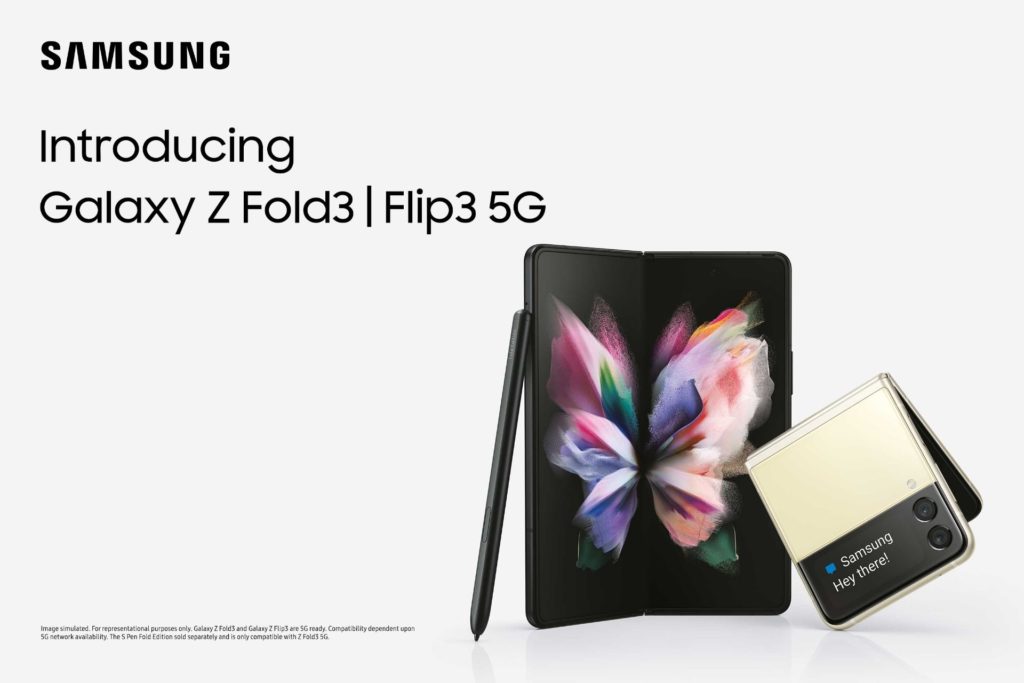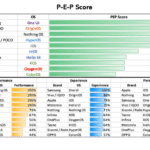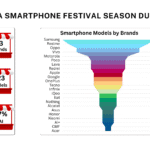The 3rd generation of fold has now addressed all apprehensions of buyers who are ready to experiment this new form factor and stand out of the crowd.
In my conversations with potential buyers of a device like Samsung Galaxy Fold, the first reaction I would get from them was about its durability. Though, I haven’t had checked with hundreds of such people, but would have easily checked it with 25-30 such people. There was spark in their eyes when they saw the device. But, when asked about buying it, the prime concern was durability and if the fold would create a permanent mark on the display hampering the experience.
This experiment I did with the users around the time when Galaxy Fold 1 was launched towards end of 2019. Around Fold 2 launch in 2020, I again randomly checked with the same set of audience, though without showing them the phone. The perception had improved much, but they were still not very convinced to buy it. Some of the people I randomly talked to weren’t even aware that it was the 2nd generation of Fold form factor from Samsung.

However, things will not remain same now with the introduction of 3rd generation of fold and flip form factors. One is that the brand itself would have worked further on achieving optimisation by taking real world data and inputs and conducting further R&D on them. For instance, in the 1st generation of Fold devices, there was an alignment issue on the two screens with a single text line not being exactly straight. This was overcome in Fold 2 and so on. Similarly, Samsung would have worked on other genuine inputs based on facts or the perception based apprehensions that any potential user of such device had.
Coming out with 3rd generation of this futuristic form factor year-on-year without any delays, or other glitches, can only be done by a tech giant which has all fundamentals in place. It needs committed investments, rigorous R&D and a customer vision which only few technology companies have been able to showcase, especially in the consumer technology, further drilled to smartphones.
We all know the fact that in smartphones, a trendsetter or an innovator positioning is primarily of Apple. Apple, through iPhone has many innovations which are an industry norm today. Among the new breed of brands, OPPO and Vivo have also been able to showcase some new concepts to the market. I will not go into the merit of such innovations, but some of them were well received.
However, overall Apple is still considered to be a trendsetter in this space. Samsung with its fold and flip form factors, now in their 3rd year, has take a leap in terms of showcasing its R&D and innovations capabilities backed by very strong engineering fundamentals and IP repository it has acquired through its journey.
For the past few years, Samsung may not have had the leading position in terms of a few market measurements. But that in no way translates in its diminishing stature or decimation from the market. Samsung still leads the market by value while in volume its just behind the leader. However, that is also to do with which markets one is catering to. When the portfolio of any OEM is primarily for mass market, it would sell more units automatically, but will not get proportionate revenues. As the market dynamics switch and opportunity grows bigger for higher price segments, the volume-value equation will be more proportionate and co-relatable. This should start happening in the India market by around 2024. Today mid-segment (Rs 12,001-25,000) contributes 39.7% of the total sales, while basic (Rs 6,000-12,000) still leads with 46.1% of the sales.
Flip and Fold form factors will not become mainstream even in the Luxe category (more than Rs 50,000) for some years to come, around 3 years. But, with Samsung taking lead in the space, its positioning in the segment and overall smartphone market will only strengthen not only in terms of market standing but also as an innovator and trendsetter. With this form factor lead, Samsung will force other OEMs to follow and establish its trendsetter identity, even ahead of Apple which is yet to react with its probable answer.





